Miscellany Mondays: Skeet shooting & bird dogs
Invented in Andover, "Shooting around the clock"
Our story begins with William Harnden Foster (1886-1942).
William (Bill) Harnden Foster was born in Andover in 1886. His parents had moved from Tewksbury 3 years before and purchased a farm at 61 Porter Road. Bill Foster grew up in Andover. When he married, he bought a house on Chestnut St. But he spent much of his time with his father and grandfather learning to shoot on his grandfather’s farm in Tewksbury.
After graduating from Punchard High school in 1905, Bill went to the Museum School in Boston where he trained to become a commercial artist.
(Foster) submitted a collection of railroad illustrations to Scribner’s Magazine. Not only did the magazine pay him an amazing sum, but it encouraged him to write a story about them, landing another skill in Foster’s toolbox. He embarked on a career of illustration and writing spanning a transitional era in transportation.
One of his memorable illustrations showed a 1909 Oldsmobile racing the 20th Century Limited, the New York Central’s famous train which ran for 65 years between New York and Chicago. Both companies became Foster’s clients for decades, and the Limited was a favorite subject. Seven years after the Wright brothers first flight, Scribner’s published a collection of Foster’s illustrations of aircraft.1
Foster worked for the publishing firm Charles Scribner’s Sons illustrating articles and books — including articles on the building of the Panama Canal. He was known for his sketches of airplanes, steam engines, trains, dogs, and birds.
After building a summer cabin in Freeport, Maine, Bill became friends with Leon Leonwood Bean, founder of L.L. Bean. In 1925, he provided cover illustrations for the company’s mail-order catalog. The first cover was of a hunter being surprised by a moose.2
Skeet Shooting
In 1915, Bill, high school friend Harry Davies, and Harry’s father, Charles Davies, decided to devise a way to practice their shooting skills off-season. They set up a 12-station shooting game in a field behind the Davies house at 73 Dascomb Road.3 The targets were set up in a circle, and they called the game “Shooting round the clock.”
Then a neighbor built some chicken houses and the circle had to be cut in half, which is how the game is still played today.4
Ten years later, “Shooting around the clock” became known as “skeet shooting” when Bill, then editor of the Boston-based magazine, National Sportsman, offered a prize for a new name for the game. The winning name, “Skeet,” is said to be an Old Norse word for to shoot.
Today there are a number of categories of skeet shooting. “Skeet shooting” uses the half circle designed by Foster and his friends.5 In “Trap shooting,” the clay targets are launched from a single location.6 With “Sporting clays,” a complex course – often described as being like a golf course – is used. “Olympic Skeet” is a variation used in the Olympic Games with two throwing machines and 25 targets.7
Author
William Harnden Foster’s book, New England Grouse Hunting, published in 1942, is still considered to be the standard guide to everything and anything anyone would want to know about grouse shooting. It is filled with illustrations of dogs, grouse, and hunters.
Bill Foster, Andover native, artist, and editor, was an avid game and waterfowl shooter and a noted bird dog handler. He preferred setters over the more popularly used pointers — a point he makes clear in his book.
In addition being editor of National Sportsman, Foster was also editor of Hunting and Fishing magazine. He often served as a judge in bird dog (cover dog) field trials.8
The above photo of the Grand National Grouse Championships was taken at the back of the Andover Country Club in 1945.
Unfortunately, Bill Foster was not part of these trials, nor did he live to see his book published in 1942. He died at the age of 55 of a heart attack, doing what he loved, judging a grouse dog field trial in Connecticut in October 1941.
The William Harnden Foster Awards are still awarded at the Grand National Grouse Club’s Annual Championship event for the best Cover Shooting Dog and Handler of the Year.
Thanks for reading! I hope you enjoyed this story. Please leave a comment, like, and share - and if you’re new here, please consider becoming a paid subscriber for just $5/month or $60/year. Paid subscriptions help support the research and writing that make History Buzz “the buzz!”
~Elaine
Larz F. Neilson, Wilmington Town Crier, July 1, 2017 http://homenewshere.com/wilmington_town_crier/news/article_3b4194d6-5ce1-11e7-bc94-d7911609bb86.html
LL Bean gallery wall, Freeport, Maine, http://gallerytalk-lars.blogspot.com/2013/03/ll-bean-catalog-cover-art.html
73 Dascomb road, https://preservation.mhl.org/73-dascomb-road
Neilson, Wilmington Town Crier, http://homenewshere.com/wilmington_town_crier/news/article_3b4194d6-5ce1-11e7-bc94-d7911609bb86.html
https://en.wikipedia.org/wiki/Trap_shooting
https://en.wikipedia.org/wiki/ISSF_Olympic_skeet


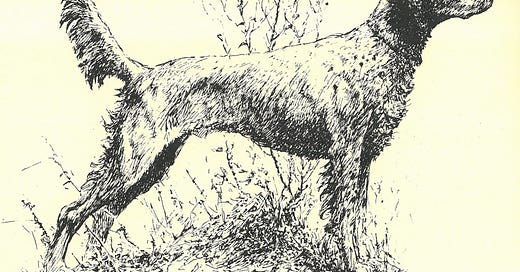


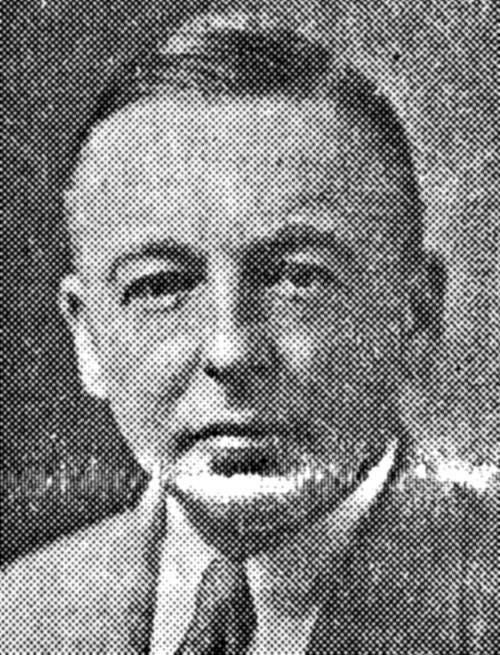
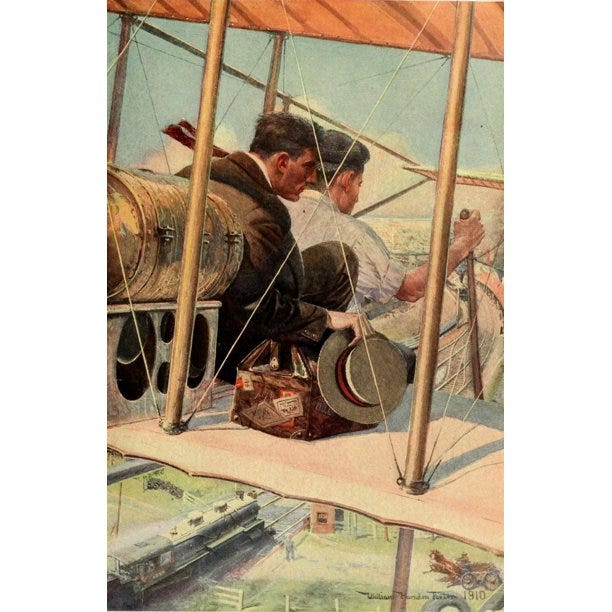
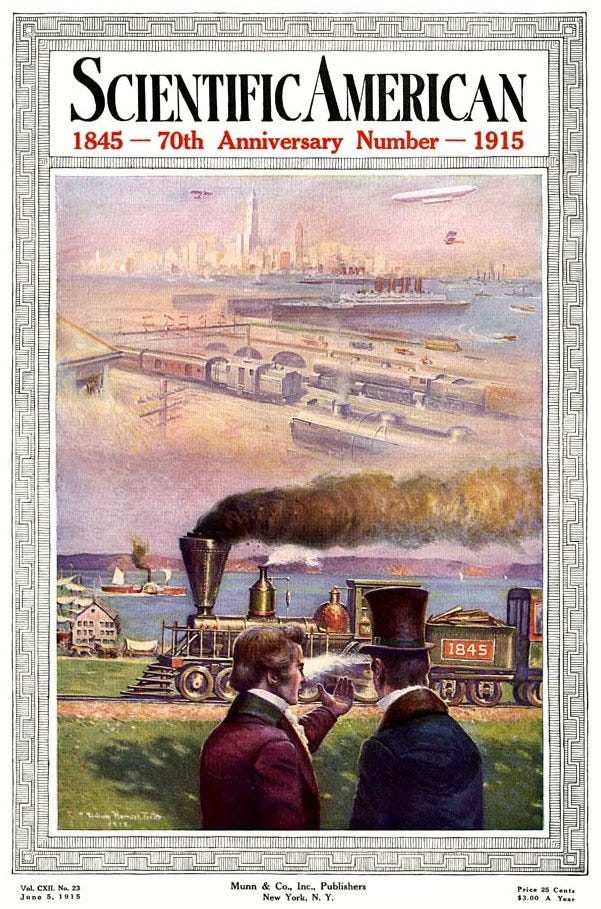
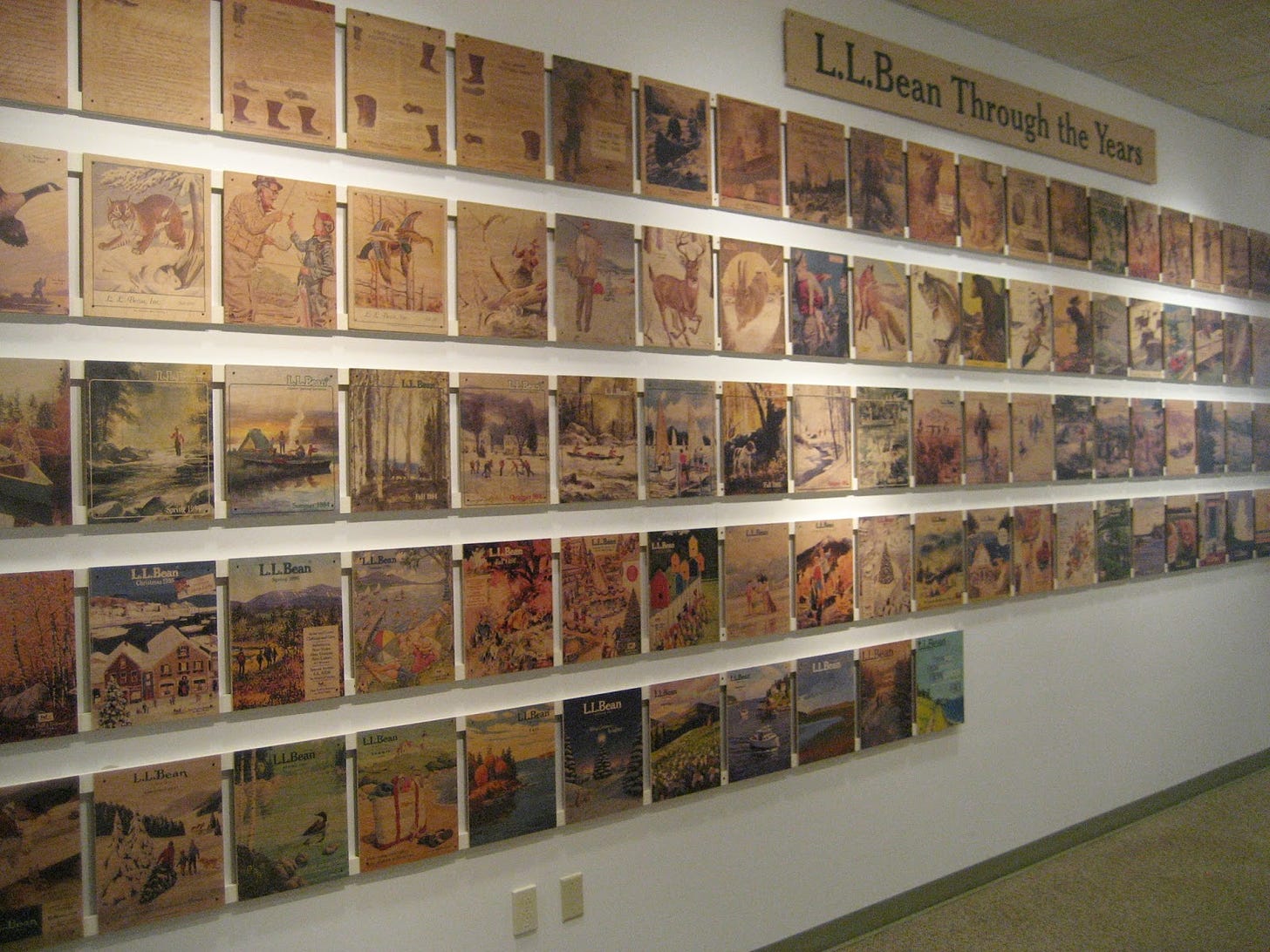
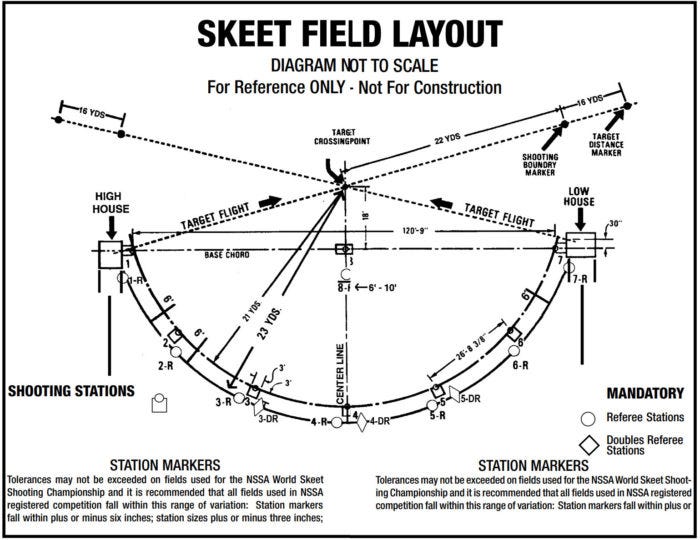
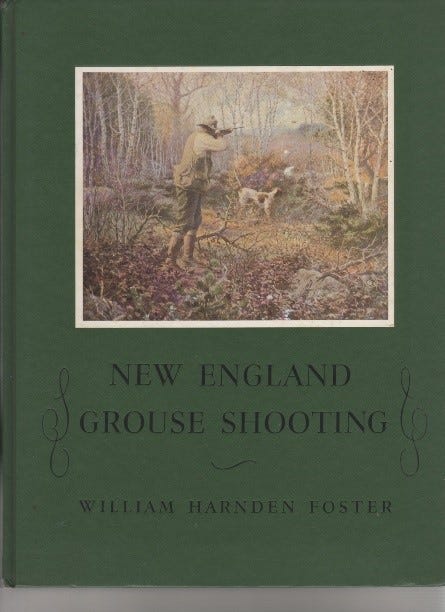
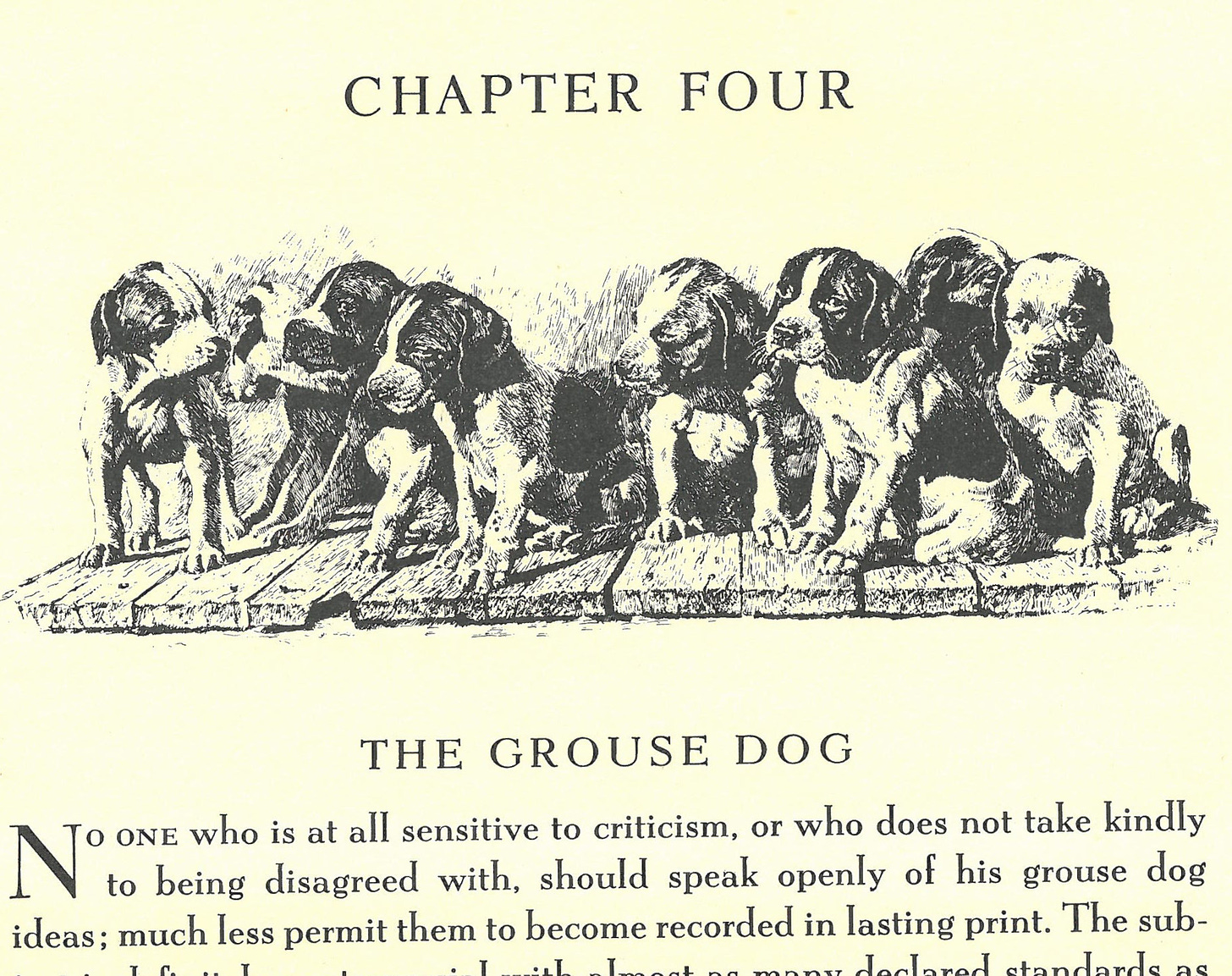

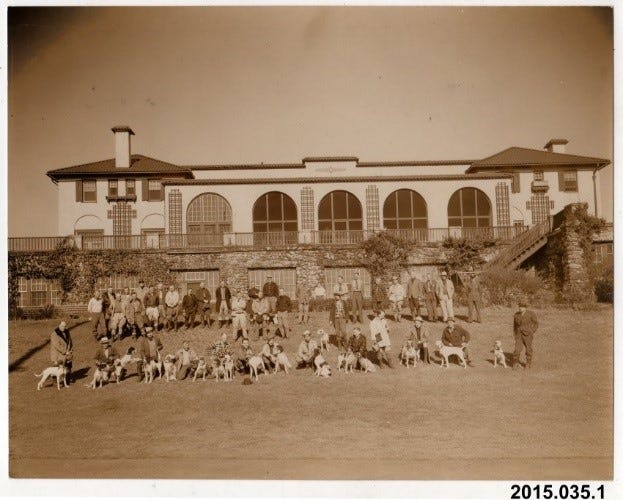
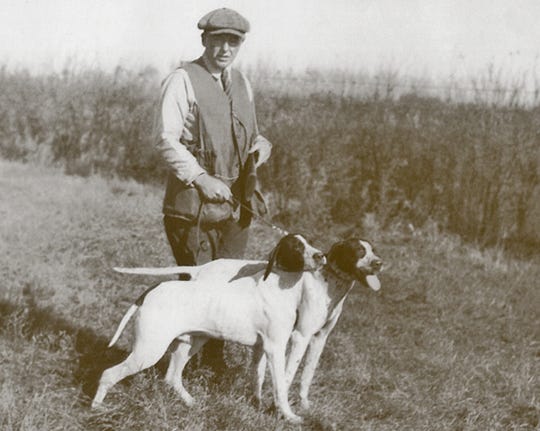
I've read that cutting the circle in half may have been a safety measure for shooters and spectators alike. Skeet creates a lot of debris not to mention the potential for accidents. I read the description of clock shooting and was a little horrified.
Hi Elaine -
I am an Andover resident, having lived here since 1976, and an avid Skeet shoothe and grouse hunter.
A few months before the sale of 73 Dascomb I was granted permission to enter and photograph the kennel buildings there. It was known as Glen Rock Kennels and was managed by Marjorie Davies, Charles’ wife. They raised, trained and sold bird dogs.
A couple of points in the article are either incorrect or are not fully presented, but it is well written.
There are other sources for Foster’s part in Skeet shooting and the organization nationally of the sport. Foster was the first president of NSSA and the first to break 100 straight Skeet clays.
I am still in touch with the Foster family and with the gentleman, a popular outdoor author, who now owns Bill Foster’s favorite Parker Skeet gun, which I have examined. The Foster family also keeps and maintains Bill’s other Parker shotguns, including that little 16 gauge Grade 2 gun with exposed hammers made famous in New England Grouse Shooting in the first chapter “The Little Gun.”
I am an Invincible Life Member of the Parker Gun Collectors Association and served as editor of our quarterly magazine Parker Pages for some 10 years until my retirement in January 2020.
Dean Romig
Dsromig@aol.com